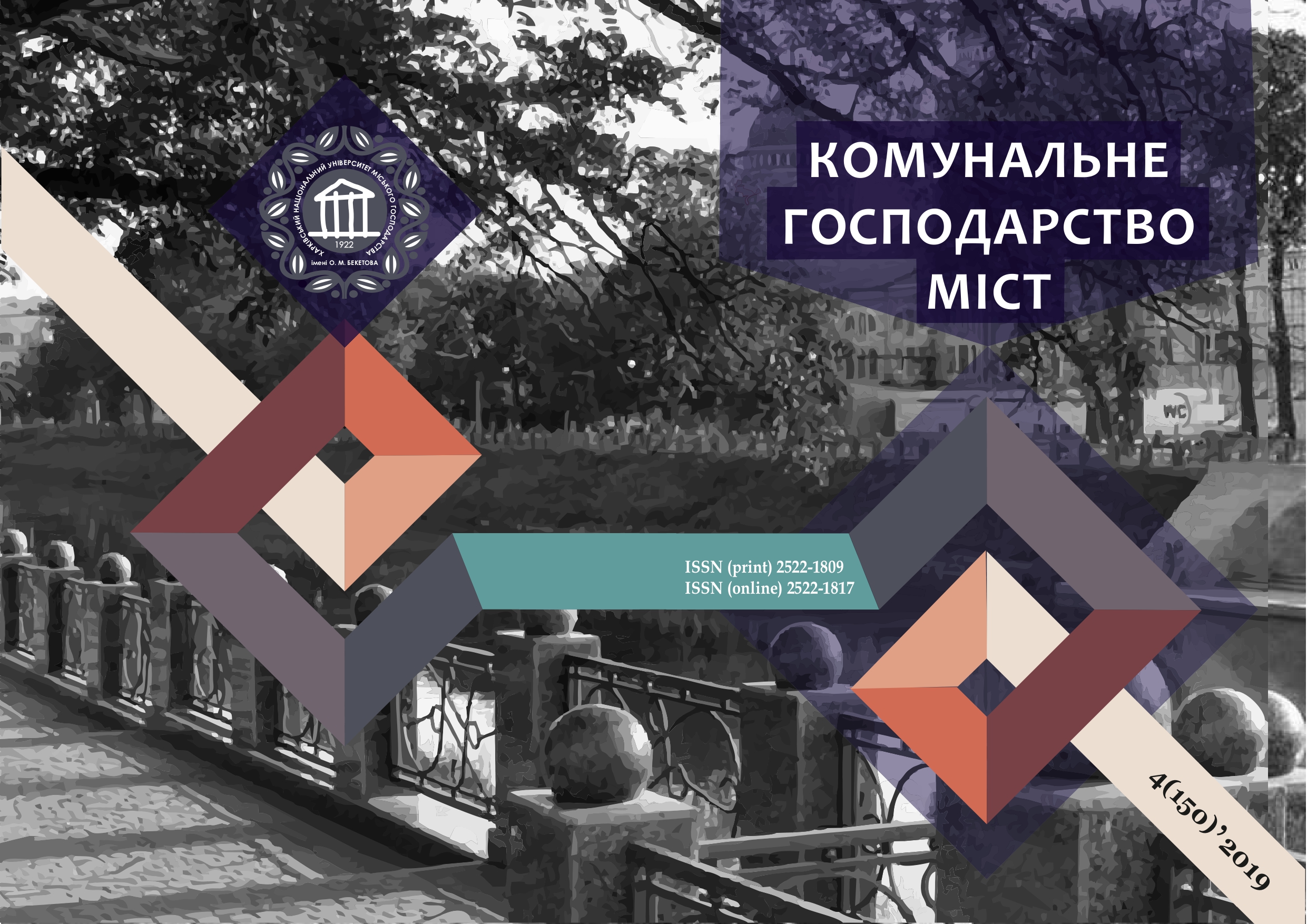EDUCATIONAL POTENTIAL AS THE BASIS OF INNOVATIVE DEVELOPMENT OF UKRAINE: INTERNATIONAL COMPARISON
Array
Keywords:
innovative development, educational capital, educational potential, inclusive development, institutionalization of innovation development, capitalization of educational capital.Abstract
Educational capital is becoming one of the main factors in the development of economies in the world and society. Investing in human capital stimulates the pace of economic growth, which is a prerequisite for the competitiveness of the country on the world stage. The quality of human capital is a greater extent shaped by the education system.
For the Ukrainian economy, with its imperfect institutions, this element of human capital is of fundamental importance, since it contains reserves for institutional renewal not only of the business environment, but also of social institutions. In recent years, the key element of human capital of the country has become intellectual capital - the ability to generate and develop innovation, a kind of economic projection of creative activity. Intellectual capital is crucial for the modernization of the economy, the transition to new technological developments. The most important characteristics of educational potential are the population coverage of different types and forms of general and vocational education, its qualitative parameters, the state of infrastructure, financial component and development after university education, the level of population culture and its outlook orientation, spiritual development, the ability to systematically receive and use the necessary information.
Education in the modern economy should be considered not as a spending field, along with social assistance, pension system, state apparatus, defense and security sectors, but as an investment sphere that determines the scale of economic growth.
The main strategic priority of the state should be the development of human capital through investments in education, science, training, health care, which will ensure in the future a stable macroeconomic effect and the ability to respond quickly to global challenges.
References
Ranieri, Rafael; Ramos, Raquel Almeida (March 2013). (13 January 2015)"Inclusive Growth: Building up a Concept" (PDF). Working Paper. 104. Brazil: International Policy Centre for Inclusive Growth. Retrieved.
Schumpeter Josef Alois (1989). Essays on entrepreneurs, innovations, business cycles, and the evolution of capitаlism. Ed. by Richard V. Clemence; with a new introduction by Richard Swedberg.-Transactions Publishers.
Sauh, P. (2011). Innovation in Higher Education: Problems, Experience, Perspectives. Zhytomyr, 444.
Kovalchuk, K., Kozenkov, D., & Vashkelevich, V., Soloshenko, K., Yakubova, E. (2004). Innovative development and human potential: assessment and stimulation. System technologies. Dnepropetrovsk, 157.
Melnichuk, O. (2015). Educational component of labor potential development. Kyiv, 261.
Kremenm, V. (2016). National report on the state and prospects of education in Ukraine. Pedagogical thought. Kyiv, 448. Retrieved from http://lib.iitta.gov.ua/166230/1/nac%20dopovid%202016.indd%20smal.pdf
The main indicators of the activity of higher educational institutions of Ukraine at the beginning of the 2016/17 academic year. Retrieved from http://www.ukrstat.gov.ua
Porter, M. (2005). Competitive strategy: An analysis of industries and competitors. Moscow, 454.
Human Capital Development: Towards Quality Reforms (2018). Center of Razumkov. 368. Retrieved from http://razumkov.org.ua/uploads/article/2018_LUD_KAPITAL.pdf
Europe's development strategy till 2020. Retrieved from http://aei.pitt.edu/42633/1/com2010_2020en01_straetry.pdf
Global innovation index 2018: Energizing the World with Innovation. Retrieved from: https://www.globalinnovationindex.org/gii-2018-report
Human Development Indices and Indicators: 2018 Statistical update. Retrieved from. http://www.ua.undp.org/content/ukraine/uk/home/presscenter/pressreleases/2018/human-development-indices--where-does-ukraine-rank--.html
Human Capital Project. Retrieved from http://www.worldbank.org/en/publication/human-capital
Downloads
Published
How to Cite
Issue
Section
License
The authors who publish in this collection agree with the following terms:
• The authors reserve the right to authorship of their work and give the magazine the right to first publish this work under the terms of license CC BY-NC-ND 4.0 (with the Designation of Authorship - Non-Commercial - Without Derivatives 4.0 International), which allows others to freely distribute the published work with a mandatory reference to the authors of the original work and the first publication of the work in this magazine.
• Authors have the right to make independent extra-exclusive work agreements in the form in which they were published by this magazine (for example, posting work in an electronic repository of an institution or publishing as part of a monograph), provided that the link to the first publication of the work in this journal is maintained. .
• Journal policy allows and encourages the publication of manuscripts on the Internet (for example, in institutions' repositories or on personal websites), both before the publication of this manuscript and during its editorial work, as it contributes to the emergence of productive scientific discussion and positively affects the efficiency and dynamics of the citation of the published work (see The Effect of Open Access).

